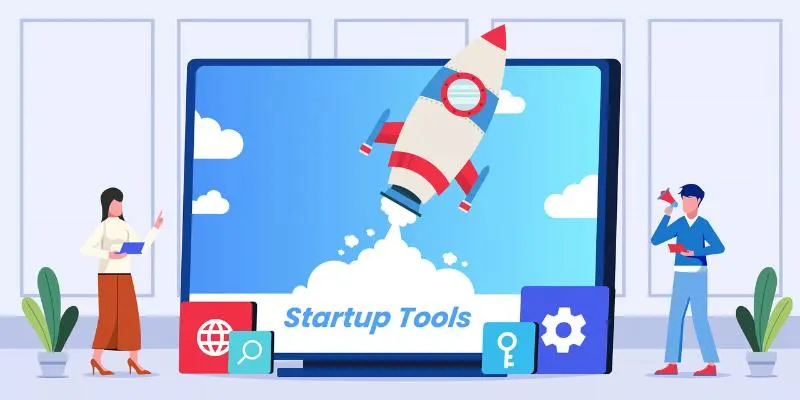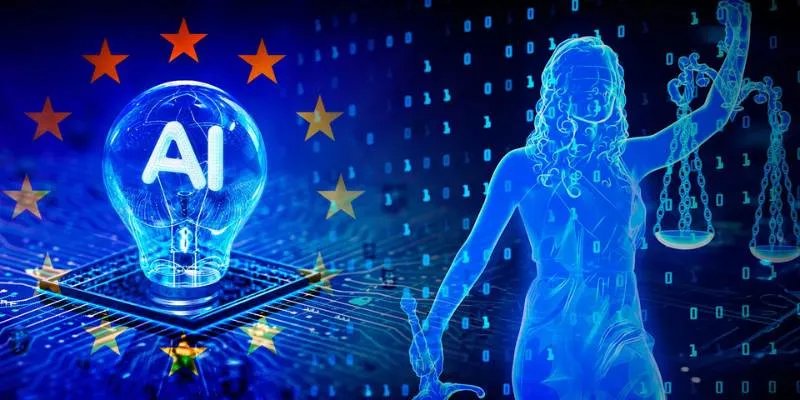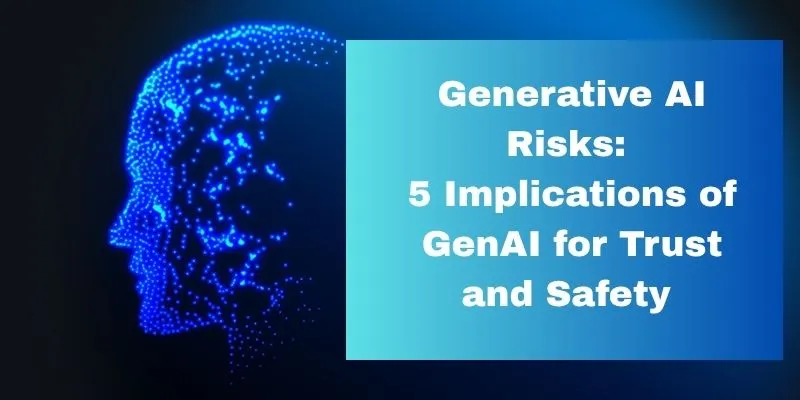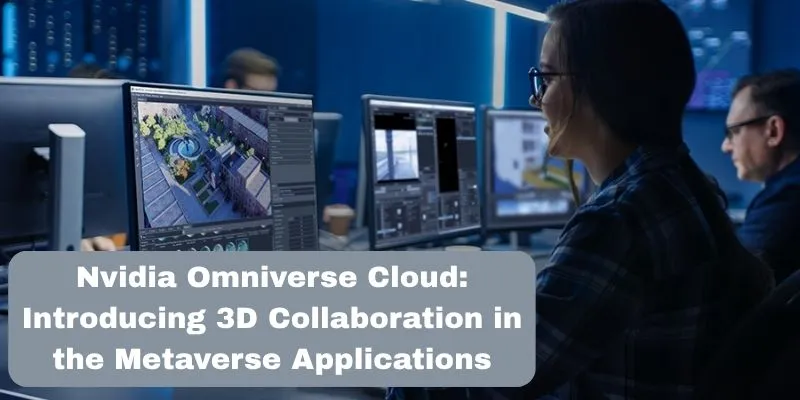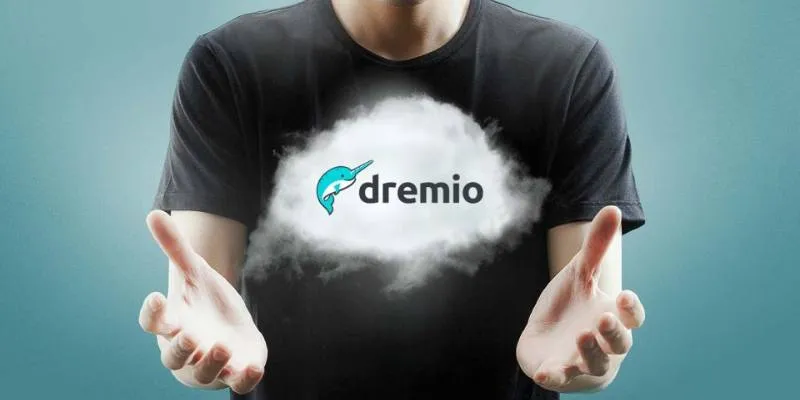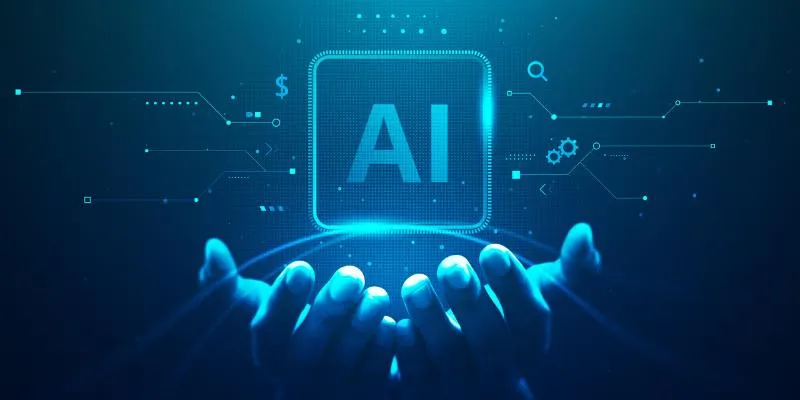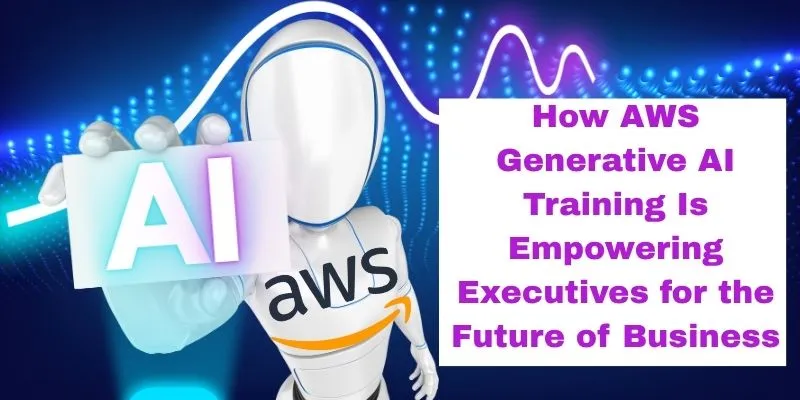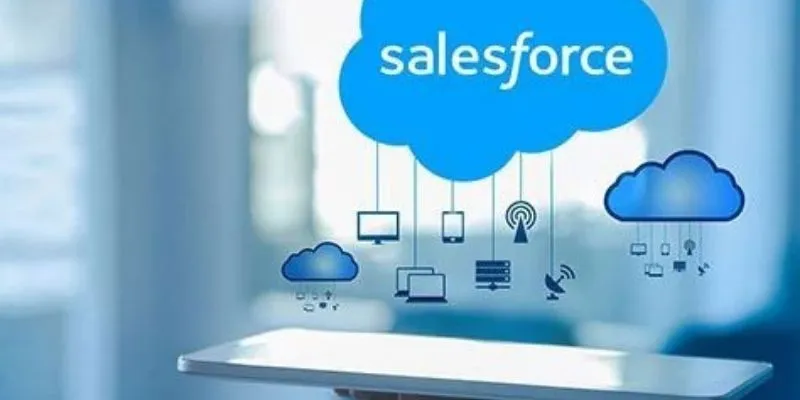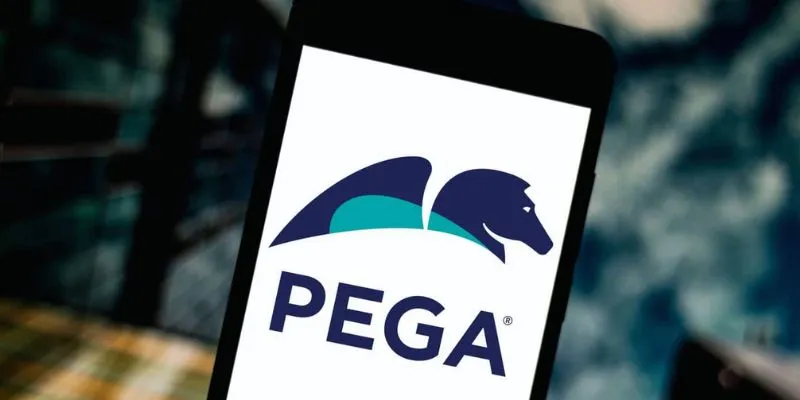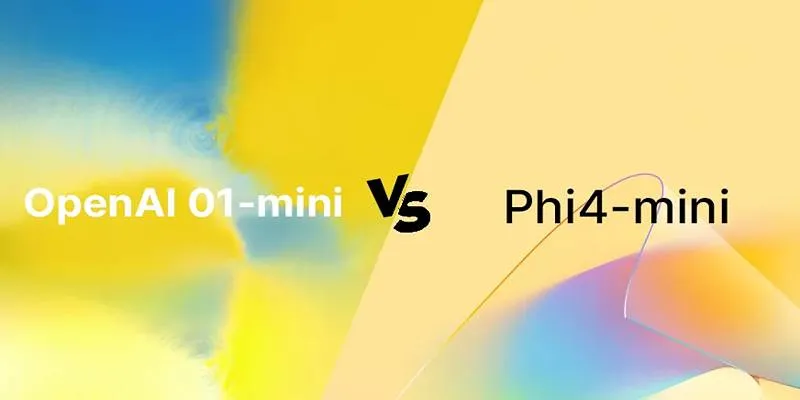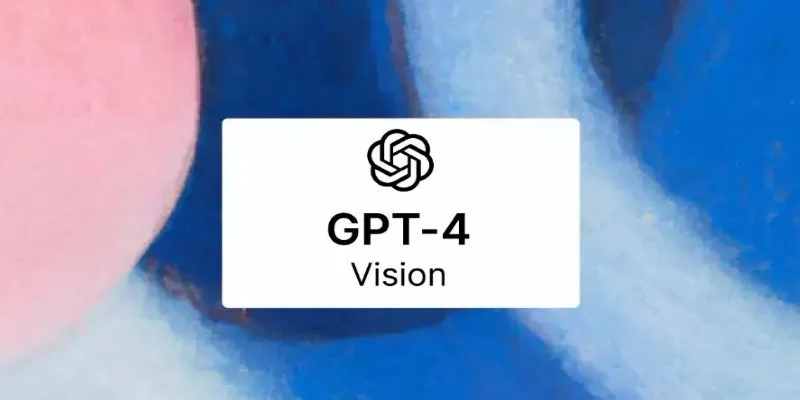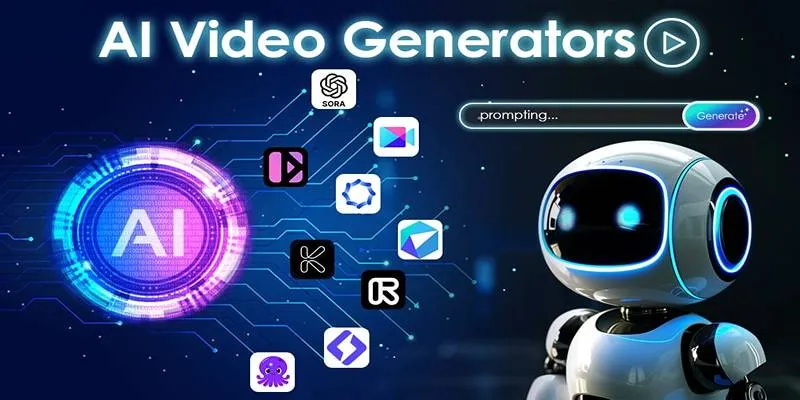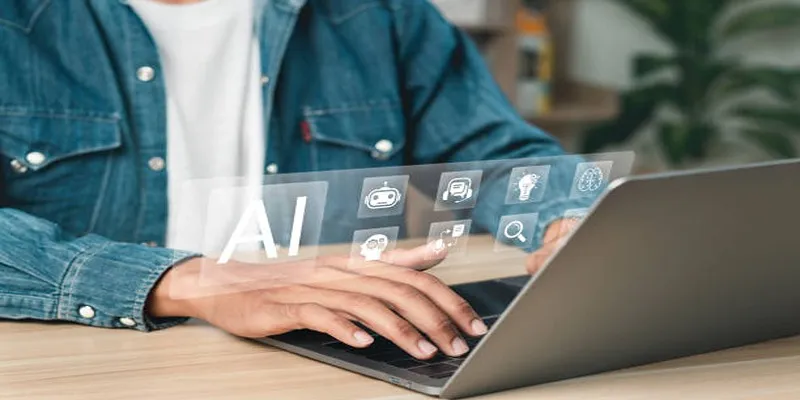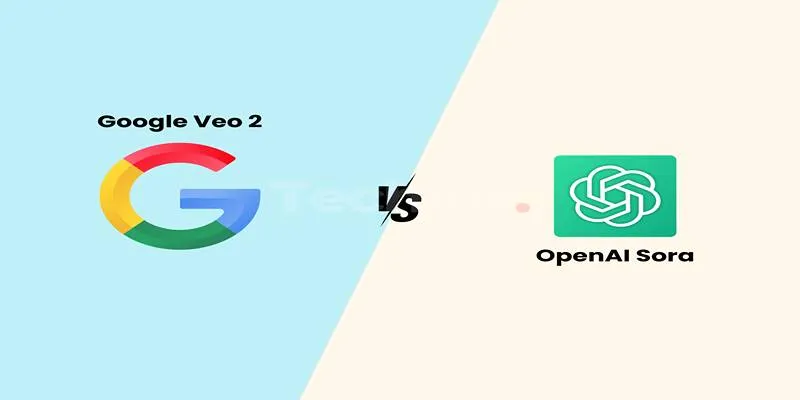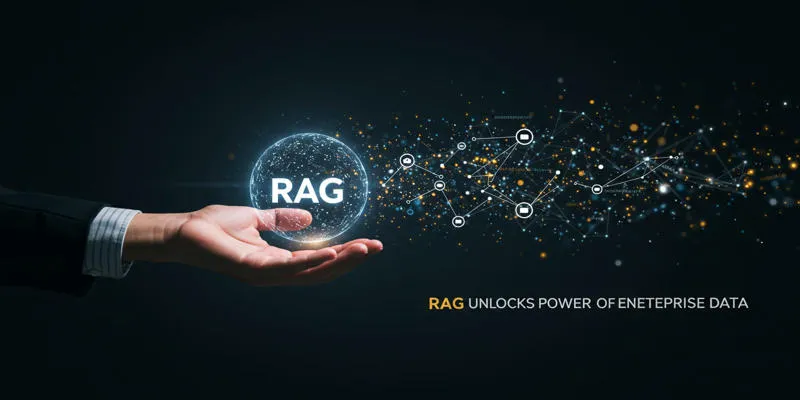The past week has been bustling with significant announcements in the AI realm. OpenAI unveiled its proposed AI action plan for policymakers, advocating for responsible development. Meanwhile, Deloitte introduced its new agentic AI system, Zora AI, which integrates enterprise logic with autonomous agents in a novel, production-ready manner.
Nvidia’s GTC 2025 conference further fueled the excitement by showcasing the future of AI chips, robotics, and simulation technology. These updates are not just press releases—they signify how the field is evolving around safety, autonomy, and scale. Let’s explore what these developments mean.
OpenAI’s AI Action Plan: Rules Before Race
OpenAI’s proposed AI action plan aims to guide national and international regulation. Instead of opposing regulations, OpenAI encourages governments to get involved early, focusing on areas like frontier model testing, misuse prevention, and coordinated safety research. A standout proposal is the call for a global AI oversight body, similar to the IAEA in nuclear policy. OpenAI seeks shared tools like red-teaming protocols, incident reporting standards, and compute governance—not total control.
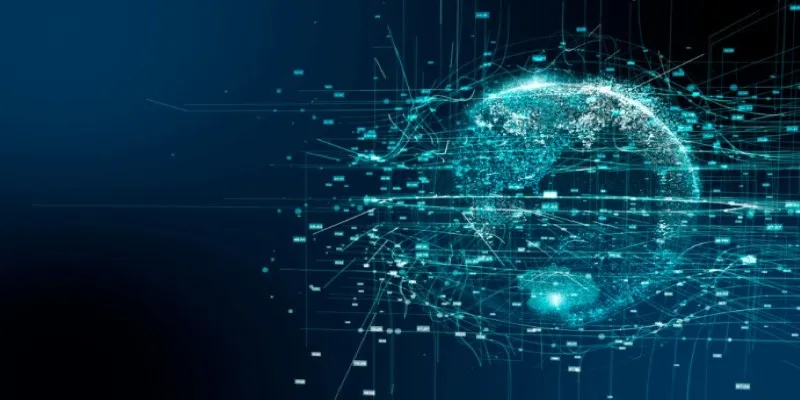
OpenAI is aware of the trust issues in some areas, using this document both as a proposal and a defense. It positions OpenAI as proactive, technically grounded, and aligned with public goals. Critics, however, argue that the plan places too much burden on governments without sufficient transparency from OpenAI. For instance, while promoting “model evaluations,” it remains vague about its internal tests and publicized results.
Practically, governments may scrutinize this plan over the next year, especially as international AI governance efforts like the UN’s AI Advisory Body and the EU’s AI Act roll out. OpenAI is positioning itself not just as an AI model developer but as a key voice in AI governance discussions.
Deloitte’s Zora AI: Moving Agentic Systems Into the Enterprise
Deloitte’s Zora AI represents more than model integration; it’s an operational platform designed for enterprise use cases with autonomous agent-style reasoning. Rather than responding to inquiries or commands, Zora AI links goals across systems and executes them. Imagine customer support bots that not only answer questions but update records, reroute cases, and summarize issues across departments autonomously.
Zora AI bridges traditional business logic and autonomous agent frameworks, inspired by academic efforts like Auto-GPT or BabyAGI but tailored for compliance-heavy environments such as finance and healthcare. It offers both natural language interfaces and backend APIs. For instance, a human operator could request, “Generate an onboarding report for all new hires this quarter,” and Zora would autonomously gather the data, check it against rules, and produce a formatted document, documenting each step.
This differentiates Zora AI from standard large language model deployments—it acts like a junior analyst without needing supervision. Deloitte positions Zora AI as a bridge for companies hesitant about adopting raw LLMs, combining agentic behavior with a governance framework that enterprises can audit and adjust.
Nvidia GTC 2025: Where Hardware Meets Future Intelligence
Nvidia’s GPU Technology Conference (GTC) 2025 delivered exciting announcements. AI hardware took center stage, with CEO Jensen Huang emphasizing that the next AI era won’t be defined by smarter models alone but by faster training pipelines, simulation platforms, and integration with robotics and digital twins.
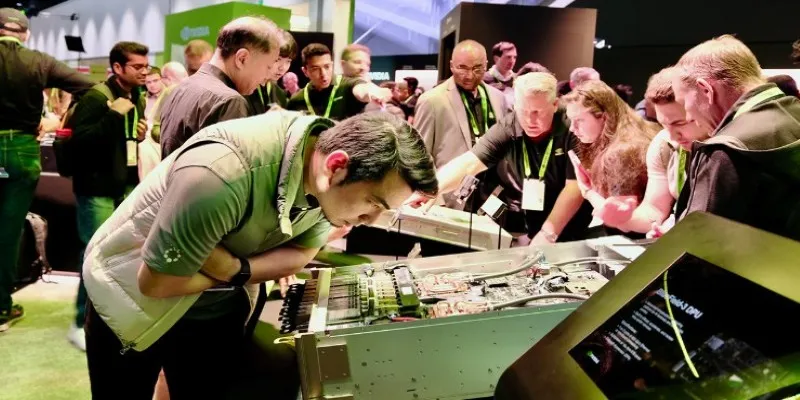
Nvidia introduced the Blackwell Ultra chip line, boasting a 2.5x efficiency boost over the previous H100 generation. These chips are optimized for massive transformer workloads with enhanced memory bandwidth for growing model sizes. New networking hardware was also teased, aimed at reducing latency in multi-GPU clusters, critical for training systems like GPT-5 or Claude.
Additionally, Nvidia announced enhancements to its Isaac and Omniverse platforms. Isaac now supports advanced robot training through photorealistic simulation environments, reducing real-world trial time. Omniverse is pitched as a comprehensive tool for industrial digital twins, facilitating factory simulations, logistics planning, and collaborative AI agents in sync.
Nvidia’s strategic focus was ecosystem-first, not just on individual tools, making a strong case that it’s not just selling GPUs but building the infrastructure for tomorrow’s AI economy.
A Week That Signals the Next AI Phase
OpenAI, Deloitte, and Nvidia are shaping different facets of the AI transition. OpenAI is focused on setting rules, Deloitte is developing agent-driven systems like Zora AI for practical use, and Nvidia is powering everything with faster chips and smarter infrastructure. The future of AI isn’t about one breakthrough; it’s about smart systems that act independently, follow rules, and scale effectively. This week’s updates indicate a more coordinated and mature phase of AI—less spectacle, more functionality. The groundwork is set. Now, it’s up to us to see how it all integrates seamlessly.
 zfn9
zfn9
